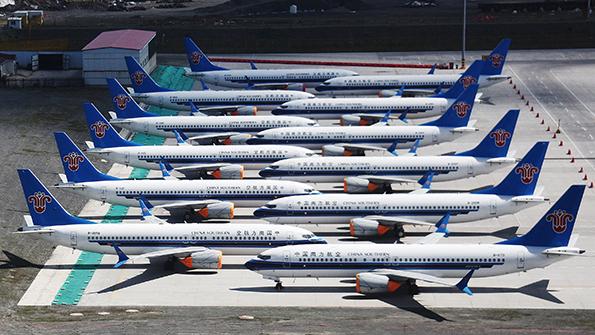
Credit: Greg Baker/AFP/Getty Images
China Southern Airlines’ Boeing 737 MAX flight on Jan. 13 was the first commercial operation of the type in China since the MAX was grounded in March 2019 following the Lion Air and Ethiopian Airlines MAX crashes. Boeing had delivered 97 737 MAXs to Chinese carriers before March 2019, and 138 more...
Subscription Required
This content requires a subscription to one of the Aviation Week Intelligence Network (AWIN) bundles.
Schedule a demo today to find out how you can access this content and similar content related to your area of the global aviation industry.
Already an AWIN subscriber? Login
Did you know? Aviation Week has won top honors multiple times in the Jesse H. Neal National Business Journalism Awards, the business-to-business media equivalent of the Pulitzer Prizes.


